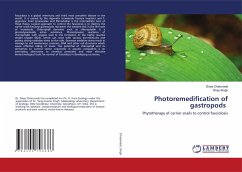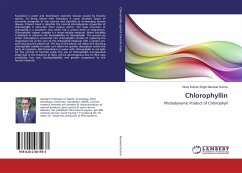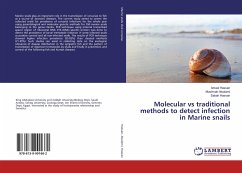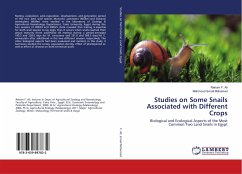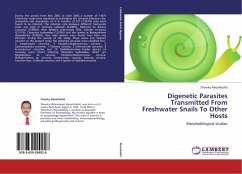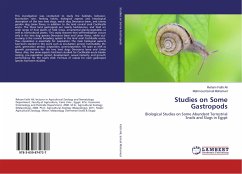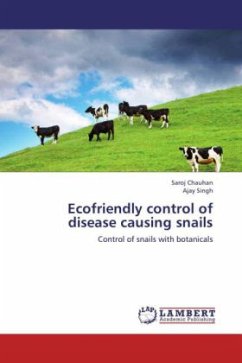Fasciolosis is a global veterinary and third most prevalent disease in the world. It is caused by the digenetic trematode Fasciola hepatica and F. gigantica. Snail Lymnaeidae and Planorbidae is the intermediate host of these flukes. Logical approach to control the fasciolosis is to destroy the carrier snails because gastropods represent the weakest link in the life-cycle of trematode. Chlorophyll derivates such as chlorophyllin is a photodynamically active substance. Photodynamic reactions of chlorophyllin with oxygen lead to the formation of the highly reactive singlet oxygen (ROS), which can react with various bio-molecules and posing strong oxidative stress to the cells. Excessive oxidative stress result in damage to cell membranes, proteins, DNA and other cell structures which cause effective killing of snails. The potential of chlorophyll and its derivatives to control vector organisms in aquatic ecosystems is an interesting alternative to chemical pesticides and most effective biotechnological tools for control of fasciolosis in developing countries.

